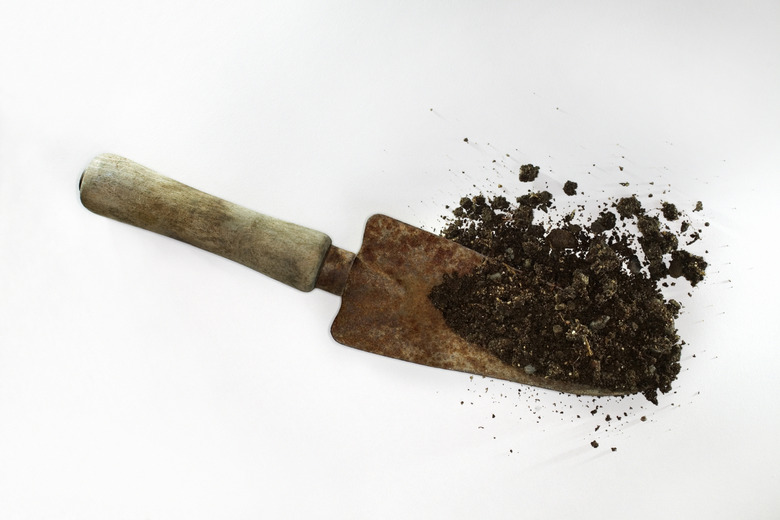Soil As A Detritus-Based Ecosystem
Soil may look pretty dead at first glance, but take a closer look and you'll find it's teeming with life. Some of the animals that live in the soil are visible to the naked eye, like earthworms and small insects. By far more numerous, however, are the microscopic organisms you can't see, like bacteria, fungi and nematodes. The organisms in this miniature ecosystem all depend directly or indirectly on detritus, the decaying remains of dead plants and animal waste.
Ecosystem
Ecosystem
Biologists define an ecosystem as a set of organisms and the environment they inhabit. Nutrients like nitrogen are recycled inside an ecosystem, transferred from one organism to another and eventually returned to their starting point. Energy, by contrast, flows in one direction only, from a source of energy like decaying plant matter to organisms that can use that energy source and then become food for other organisms in their turn. No energy conversion process is 100 percent efficient, so a substantial fraction of the energy that enters the soil ecosystem will end up wasted as heat.
Detritus
Detritus
The remains of dead plants and animals, fallen leaves, manure and other litter are collectively called detritus. Some organisms, like earthworms and millipedes, make their living shredding detritus into pieces, making it easier for microorganisms to attack the remains. Bacteria and fungi in the soil extract the energy and nutrients they need to grow from detritus as they break it down. The end product of their work is organic matter, called "humus." The bacteria and fungi may become food for tiny nematodes and insects, which in turn furnish larger insects or animals like birds with a meal.
Energy and Nutrients
Energy and Nutrients
The ultimate source of energy in this detritus-based food web is the sun. Plants store solar power as chemical energy in their leaves and tissues, and when soil microorganisms digest decaying plant matter, they are extracting this stored energy. Just as in any other ecosystem, energy flows one way through the food chain — from detritus through microorganisms to nematodes, insects and larger animals. Nutrients, however, cycle through the ecosystem. Whenever any of the organisms in this food web dies, the nutrients they contain return in the soil as detritus to re-travel the same path.
Significance
Significance
Not all of the organisms that live in soil depend on detritus. Some types of bacteria, for example, enjoy a mutually beneficial relationship with plant roots in the soil, providing valuable nutrients in exchange for food. The detritus-based food web is critical to the health of the soil, however, because it returns nutrients from dead organisms to the soil in the form of humus, thereby making it available for plants.
References
- Sustainable Agriculture and Food Systems at Michigan State University: Soil Ecology
- USDA Natural Resources Conservation Service: Soil Biology Primer, Bacteria
- USDA Natural Resources Conservation Service: The Soil Food Web
- Indiana University – Purdue University at Indianapolis, Department of Biology: Ecosystems
- Cornell University: Soil Organic Matter
Cite This Article
MLA
Brennan, John. "Soil As A Detritus-Based Ecosystem" sciencing.com, https://www.sciencing.com/soil-detritusbased-ecosystem-3226/. 24 April 2017.
APA
Brennan, John. (2017, April 24). Soil As A Detritus-Based Ecosystem. sciencing.com. Retrieved from https://www.sciencing.com/soil-detritusbased-ecosystem-3226/
Chicago
Brennan, John. Soil As A Detritus-Based Ecosystem last modified August 30, 2022. https://www.sciencing.com/soil-detritusbased-ecosystem-3226/
